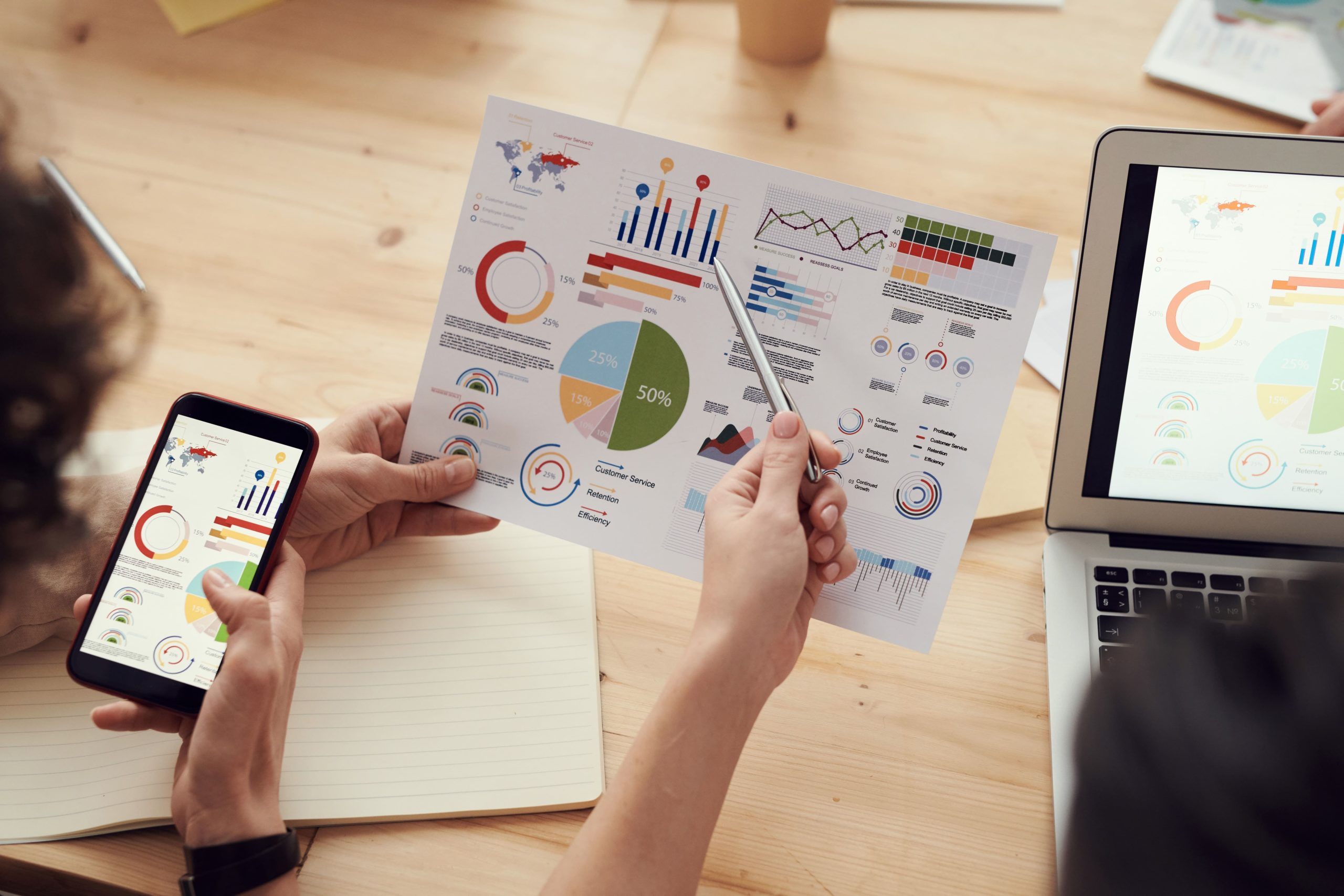Numbers don’t lie. For better or for worse, this rings true across brands and entire industries. At Green Apple Strategy, we rely on hard and fast data to tell us what’s working for our clients and show us opportunities for improvement.
When it comes to small business public relations, finding relevant, quantitative data can take some work. After all, how do you measure feelings about your brand?
This post explores five ways numbers can help you build a favorable brand reputation while working toward increasing your small business’s chances of being featured in news and media outlets.
What’s the difference between Public Relations and Marketing?
Public relations and marketing can often be confused by the general public. But as professionals, you and I know better. If you need a crash course in understanding the differences—and how public relations (PR) is great for business—stay tuned, and I’ll fill you in!
Marketing typically involves some type of paid effort. Think advertisements, special events to get the word out about a particular product or service, promotional merch, and more. Whereas PR is exactly what it sounds like; building relationships with the public. In most cases, that will be your customers, community members, and decision-makers.
Five Ways to Use Data to Get Noticed
The first step to getting noticed by media outlets is to actively make a name for your small business. PR tactics like posting on social media, authoring a blog or white paper, and speaking publicly about your business or industry create a connection with your audience and position your brand as a go-to industry leader. Here are five steps to grow your audience and improve your chances of being seriously considered when reaching out to news and media outlets.
1. Grow Your Email List
Email can be a numbers game. The more high-quality email subscribers you have, the higher your open rates. What do I mean by “high quality?” Simply put, people who have opted in and have good email addresses. Strike a balance between staying top of mind and sending emails too frequently, which can lead to members of your audience unsubscribing.
Quantitative data can be helpful here, providing hard and fast numbers regarding open rates, bounces, and how many subscribers enjoyed your email messaging enough to click through.
2. Think Social
When planning your PR strategy for social media content, pay attention to your reach and engagement. Note how many followers are seeing your content as compared to how many followers you have. Next, note the percentage of likes, comments, and shares your content receives. Higher impressions and engagement rates will help your brand become better known within your community.
3. React Publicly
Is there a newsworthy or trending topic that relates to your industry? Establish yourself as a subject matter expert by sharing your thoughts and relevant experiences with your email list and on your social media accounts. The key is to remain professional, no matter how passionate you are about the topic.
Share your thoughts at times when your audience is already on social media to increase your reach and potential engagement.
4. Get Published
We’ve established that you have ideas, thoughts, and opinions to share on newsworthy content related to your field. So, why not craft that narrative into a story? But, instead of sharing it with as many print and digital newspapers and magazines as possible, cast a very intentional, strategic net. Yes, this is a situation where higher numbers will not do you any favors.
Think about who you know in the media business and start there. Or research publications relevant to your field and send them a well-thought-out email sharing your story idea. In this case, a narrow focus on the right outlets will drive more results than a mass approach.
Another viable option is to self-publish by starting a blog. There are SEO benefits here too. Plus, you can get a solid count of clicks on a blog post to see how your content resonates with readers.
5. Start Local
Here is where numbers and location can be on your side. You’ve done the work of building a social media following and a high-quality email list. You’ve shared valuable content with your digital community. Now, pitch your ideas to local media outlets. Be sure to share the numbers of followers you have and where you have already been published. Again, this helps to establish your brand as the subject matter expert, making it clear that you are THE best choice to speak on specific topics related to your field.
Starting with local channels is a great way to gain experience with media appearances. Plus, there’s usually less competition when compared to larger, national outlets – a bonus when you’re getting started.
Partner with a Professional Agency
Thankfully, it’s a myth that only large corporations can afford to bring on a professional agency. Our team is well-versed in understanding the needs and budgets of small businesses. We’d love to help you create a data-backed public relations plan that enables you to grow and connect with your audience. Contact us today to start the conversation!






